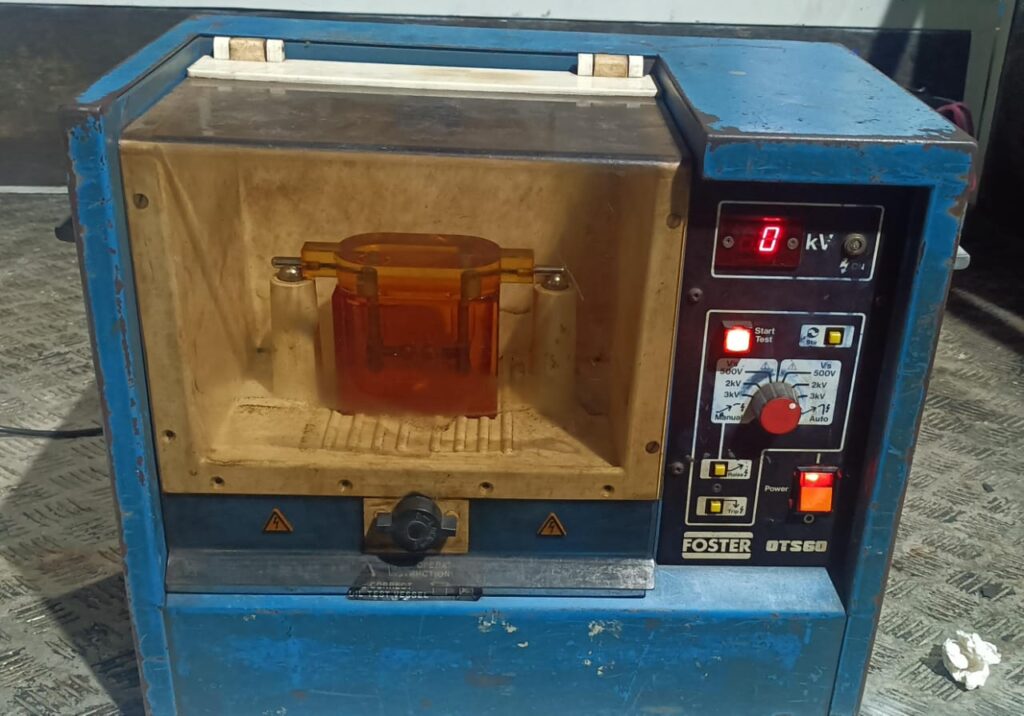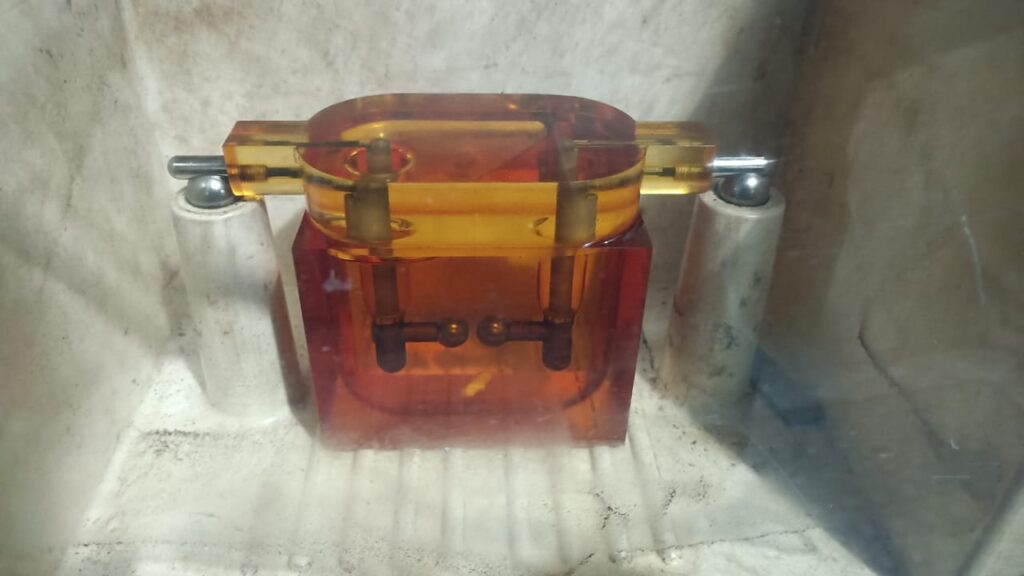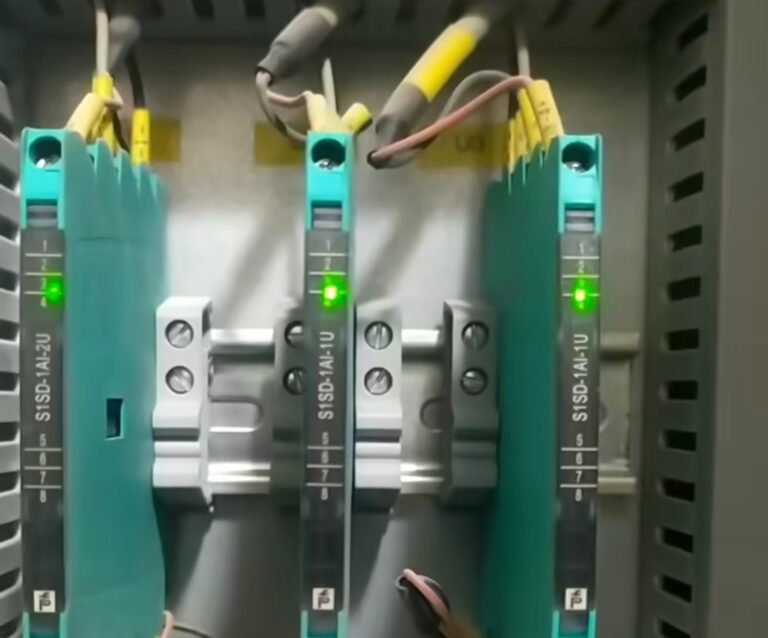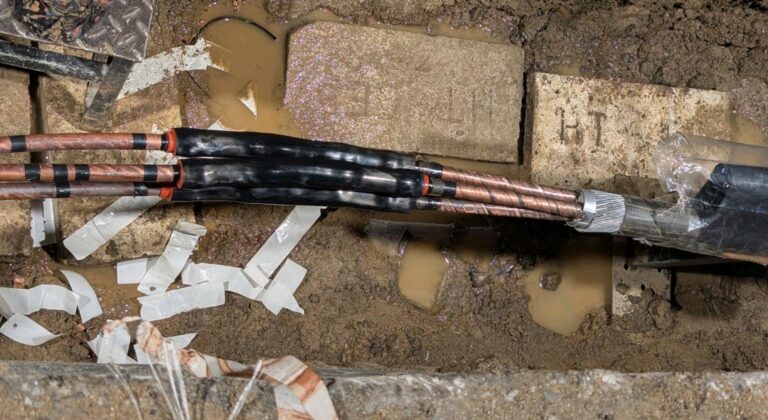During a recent preventive maintenance session, I conducted Breakdown Voltage (BDV) Testing on multiple 1000 kVA, 20 kV transformers using the MEGGER OTS80AF Automatic BDV Test Set. Here’s what the process involved and why it matters.
💡 Why It Matters
Transformer oil must maintain its insulating properties under electrical stress. Over time, exposure to heat, oxygen, and moisture can degrade this property.
That’s where BDV testing comes in—it checks the oil’s ability to withstand high voltages without breaking down. This helps:
1. Prevent insulation failure
2. Reduce transformer breakdown risk
3. Extend asset lifespan
📏 IEC Standard Requirement:
According to IEC 60156, transformer oil must have a minimum BDV of 30 kV, regardless of transformer voltage class (11 kV, 22 kV, or 132 kV). Anything below this indicates the oil is no longer fit for service.
🧪 How the Test Was Performed
Oil Sampling Process:
1. Samples drawn from the transformer drain valve into clean, dry, clear glass bottles.
2. First draw flushed to remove settled residue.
3. Bottles sealed immediately and rested before testing to remove air bubbles.
Test Method (IEC 60156):
Oil placed in test cell between standardized electrodes (2.5 mm apart).
Voltage increased gradually at 2 kV/s until arc occurs (breakdown).
Test repeated 6 times; average BDV value taken.
📌 Real-World Insight
One transformer’s oil returned a BDV of 28 kV—below the IEC standard. The oil was drained, filtered, and retested post-treatment, resulting in a safe BDV of 66 kV. This simple test prevented a possible insulation failure during future high-load conditions.
✅ Takeaways
1. Minimum 30 kV BDV is mandatory under IEC 60156—regardless of transformer voltage rating.
2. Always handle samples with care—clean bottles, proper sealing, and air bubble removal matter.
3. Use reliable test equipment for consistency and repeatability.


BDV Testing Machine

